Sasha Huber, YOU NAME IT, Autograph, London, UK
The most important exhibition I have seen this year
Sasha Huber, Rentyhorn - The intervention, 2008, Digital c-print, Photo: Siro Micheroli, (www.sashahuber.com)
I am so pleased I took the time to visit Sasha Huber: YOU NAME IT at Autograph, London before it closed at the end of March 2023. This exhibition was definitely the most important exhibition I have seen this year.
Sasha Huber’s incredibly powerful activist work explores colonial and historic trauma, and was beautifully and thoughtfully displayed at Autograph.
Huber is a member of the Transatlantic cultural and political activist campaign, ‘De-Mounting Louis Agassiz’, a committee seeking to redress the legacy of Swiss-born glaciologist Louis Agassiz. His scientific contribution led to over 80 landscapes bearing his name, on Earth, the Moon, and Mars. He was also a ‘scientific’ and influential racist and pioneering thinker of apartheid. As part of his research, Agassiz commissioned photographs of enslaved people, intent of proving his views of the inferiority of black people.
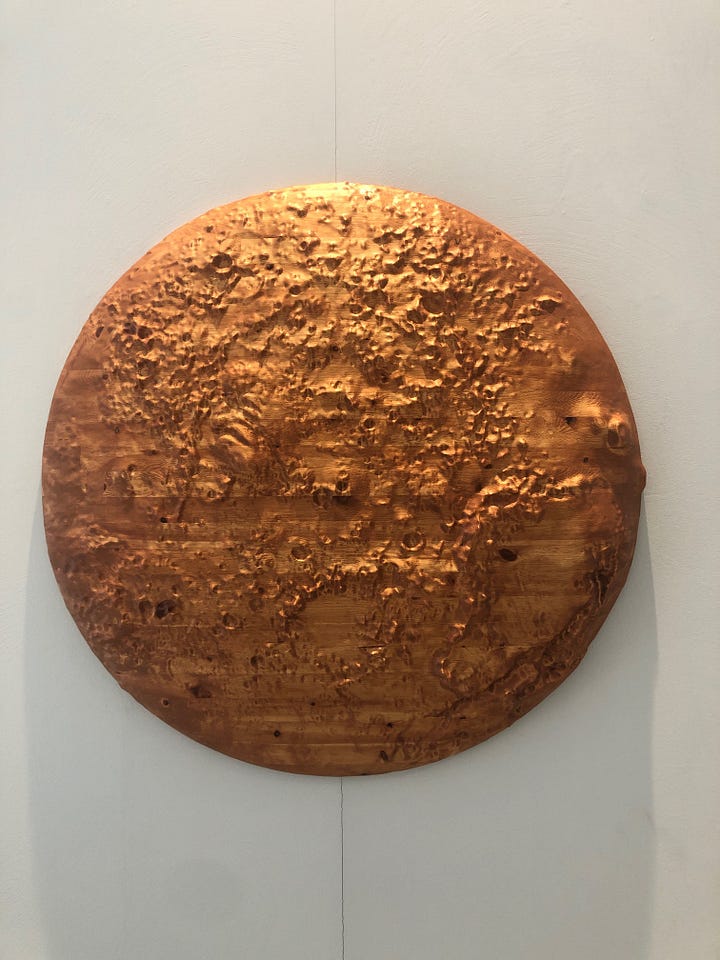
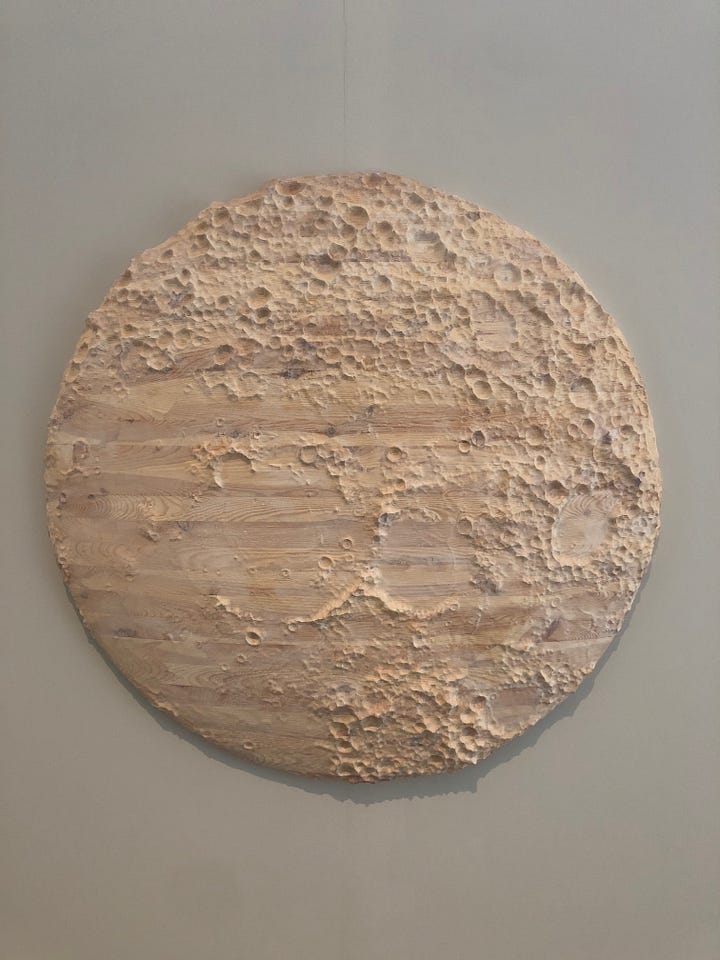
Sasha Huber, Space Race, 2018
Before visiting this exhibition, I was of course, very aware of how white man’s colonising exploits had forcefully established control over indigenous people and their lands. Until I spent time looking at Huber’s work though, I had never really considered how this colonising mindset had also sought to appropriate vast areas of uninhabitable land and untouched nature, and the way history is imprinted onto landscape. The legacy of colonial power led to huge areas of unexplored territory being named after scientists such as Agassiz, in his case, including areas of the Moon and Mars. I was astounded that so many landscapes bear this man’s name, and I had never imagined how this appropriation was as far reaching as another planet.
Sasha Huber, Rentyhorn, 2008, (www.sashahuber.com)
Displayed in the gallery was a metal plaque with a representation of the slave Renty, a Congolese-born man who was ordered to be photographed by Agassiz as part of his research. Huber used this plaque in an intervention, where she took the first steps in renaming the mountain called Agassizhorn, on the borders of the Swiss cantons of Berne and Valias. Travelling to the top of the Alpine peak, Huber hammered the sign into the ice, and symbolically renamed the mountain ‘Rentyhorn’ in honour of this man and all those who suffered a similar fate. The action was followed with the Transatlantic Committee ‘De-Mounting Louis Agassiz’ making official requests to councils whose jurisdiction include the Agassizhorn, local authorities, UNESCO’s board, and prominent former government members, for the mountain to be officially renamed. A stunning video of the intervention was displayed in the upper galleries of Autograph, Rentyhorn, 2008, showing Huber flying by helicopter to the summit of the mountain and hammering the sign into the ground, silhouetted by a bright blue sky.
Sasha Huber, Rentyhorn, 2008, (www.sashahuber.com)
A second video, Karakia – The Resetting Ceremony, 2015, showed Huber travelling to the Agassiz Glacier, on the South Island of Aotearoa, the ancestral Māori name for New Zealand. The resetting ceremony showed a karakia (incantation) offered by Jeff Mahuika, a Māori greenstone carver, symbolically unnaming the glacier and freeing it from its association with Agassiz and his racist views. This was an incredibly moving video and as I sat in the semi-darkness, one bench away from a 70-year-old black woman, I felt ashamed to be white and to be part of this violent legacy of control and inequality.
Sasha Huber, Mother Throat, 2017-2019, (www.sashahuber.com)
The most mesmerising and powerful of all of the video works though was Mother Throat, 2017-2019. Accompanied by a soundtrack of throat singing by Silla, this hypnotic sound, which is described to be as easy and as natural as breathing, sounded like the very earth was contracting and breathing itself. At the same time the video footage showed sweeping moving images of snow covered, pristine forests in Canada, in which lies Lac Agassiz. How an area of such natural beauty, which is so raw and so wild could bear the name of a man is unfathomable. How it could bear the name of a man who was a racist, who taught people that, ‘the brain of the Negro is that of the imperfect brain of a seven months’ infant in the womb of a White’ is utterly diabolical. No person should have appropriated this wild and beautiful land. No area of such natural beauty should bear the name of a mere man. No racist deserves to be remembered in history at all.
Sasha Huber, Agassiz Down Under, 2015-2017, (www.sashahuber.com)
The posters created for Agassiz Down Under, 2015-2017, depict an image of a toppled statue of Louis Agassiz (1807-1873) at Stanford University, near San Francisco in 1906. The found photos that Huber uses shows the head of the sculpture literally embedded into the ground, with the erect and arrogant body jutting at a right angle out of the broken floor. It is incredibly apt that nature itself, an earthquake, caused the downfall of Agassiz, stripping him of his power in this violent act. The posters were created by Huber in support of the Black Lives Matter movement, to commemorate victims of anti-black violence and police brutality in the US, and additionally call for the removal of monuments dedicated to racist ideologies.
Sasha Huber, Tailoring Freedom - Renty and Delia, 2021
The most striking and heart-breaking of all of Huber’s works on display in the exhibition were part of the series, Tailoring Freedom, 2021-2022. This series of seven photographic portraits, have a long history and violent past. In March 1850, Louis Agassiz commissioned J.T. Zealy to photograph enslaved people from the Edgehill plantation in South Carolina, US, as part of his research for his eugenics campaign. These seven slaves were forced to pose for the camera in Zealy’s studio, in an attempt to prove Agassiz’s theories of black inferiority.
Sasha Huber, Tailoring Freedom, Jem, 2022
The portraits show seven enslaved people – Alfred, Fassena, Jem, Jack, and his daughter Drana, Renty, and his daughter Delia. The photographs were donated by Agassiz’s son in 1858 to the Peabody Museum of Archaeology and Ethnography at Harvard University, US, where Agassiz was a professor and Founding Director of the Museum of Comparative Zoology. Rediscovered in the 1970s these problematic images prompted urgent debates about photography and ethics. In March 2019, Tamara Lanier, the great-great-great granddaughter of Renty, filed a lawsuit against Harvard University to repatriate the daguerreotypes of her relatives held in the collection.
With Lanier’s permission, Huber reproduced the portraits of Renty and Delia on wood, and using her signature stapling method, she symbolically ‘dressed’ them, weaving together their clothes, and reclaiming their dignity. The violence of the act of stapling the portrait reminds us of the violence committed against these people during their lifetime. In contrast, the act of stapling is symbolic of repairing and joining together. The ‘outfits’ Huber creates for Renty and Delia represent a suit worn by Frederic Douglass (1818-1895), and a dress worn by Harriet Tubman (c. 1820-1913), honouring these two abolitionists.
Sasha Huber, Jack and Drana, 2022
All seven of the individuals violated through photographic investigation, in this deplorable colonial history of photography, appear so strong and dignified in the face of such violation. Any defiance against such a despicable act though is quickly undone, when viewing the works closely you can clearly see the tears in their eyes. The heavy weight of enduring such a violation, the torture of having to remain silent whilst being complicit, must have been overwhelmingly unbearable. It is work such as this that created the very notions of difference and race that still so sadly divide us today.
This is the portrait of Drana. Just look at her eyes. Regardless of your race, your beliefs, your colour, how can you not just see a fellow human being, someone who is suffering. It’s heart-breaking.
Sasha Huber, Tailoring Freedom - Jack and Drana, 2022, (detail of Drana)
The man who did this to Drana is honoured with over 80 landscapes bearing his name on Earth, the Moon, and Mars. Seven animal species also carry the name Agassiz. Should this legacy be allowed to continue?
Huber’s activist work questions acts of remembrance. Who should be memorialised through the act of the naming of places? Whose monuments should be prominently displayed? Can these natural territories ‘belong’? Huber asks us to reconsider what is in a name. She asks us to reconsider how far-reaching colonisation is. Through her artwork she carefully presents ways to heal historic and colonial trauma, questioning who we should choose to remember and memorialise, and how we practice this.
YOU NAME IT.
The exhibition at Autograph, London, UK, included several other of Huber’s works spanning over a decade. For further information on Huber’s works see: http://www.sashahuber.com
Factual information included in this text was taken from Huber’s website and wall labels as Sasha Huber: YOU NAME IT, 11 November 2022 – 25 March 2023, Autograph, London, UK.
All photographs unless otherwise stated are my own.




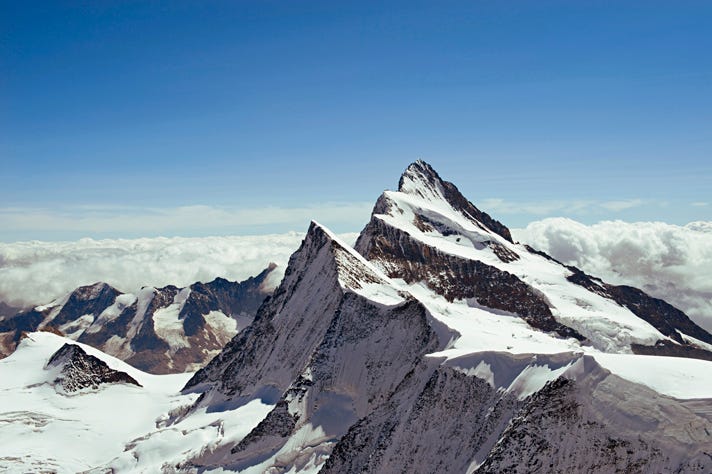
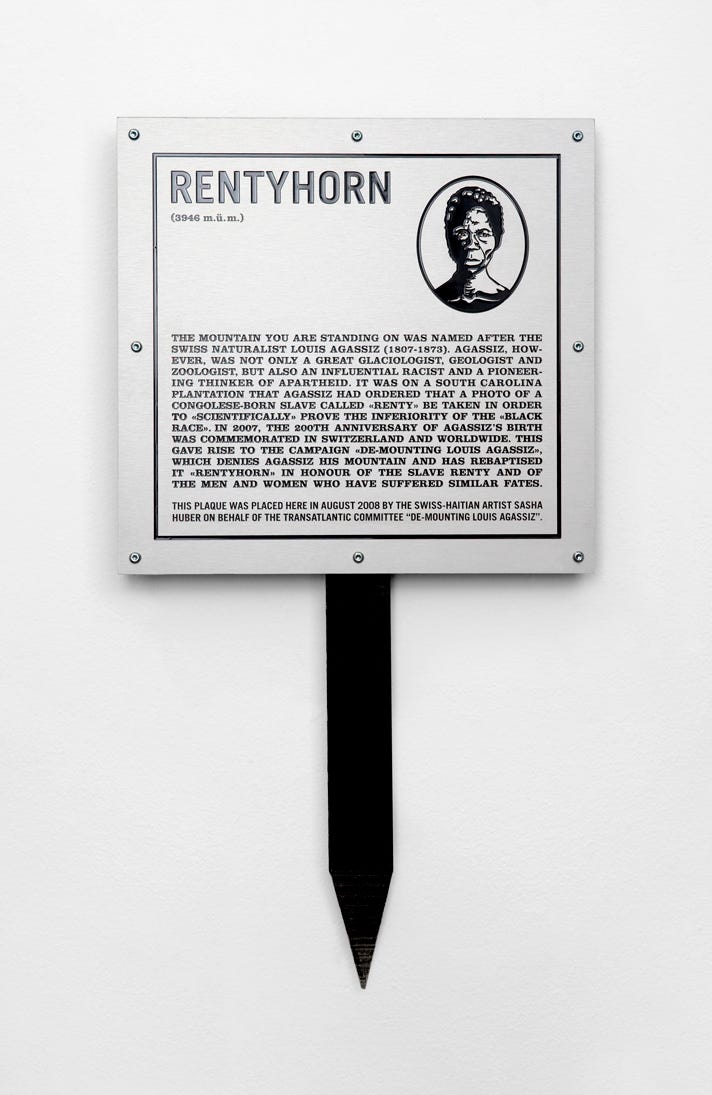
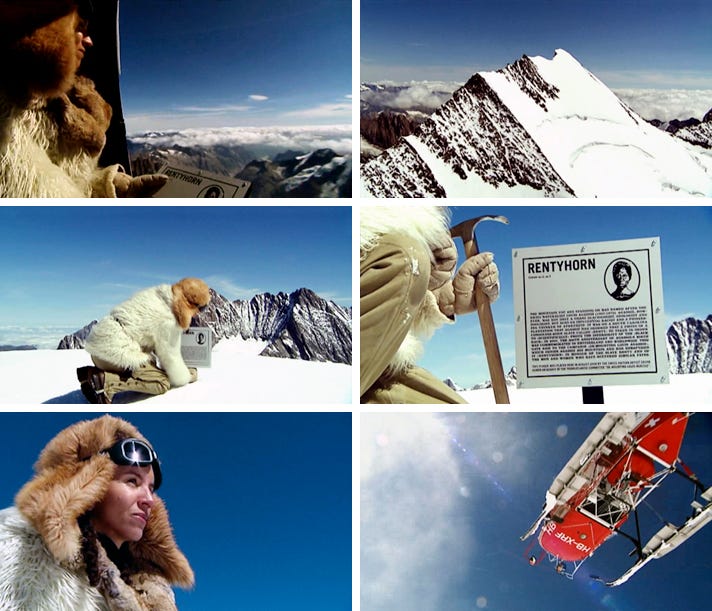

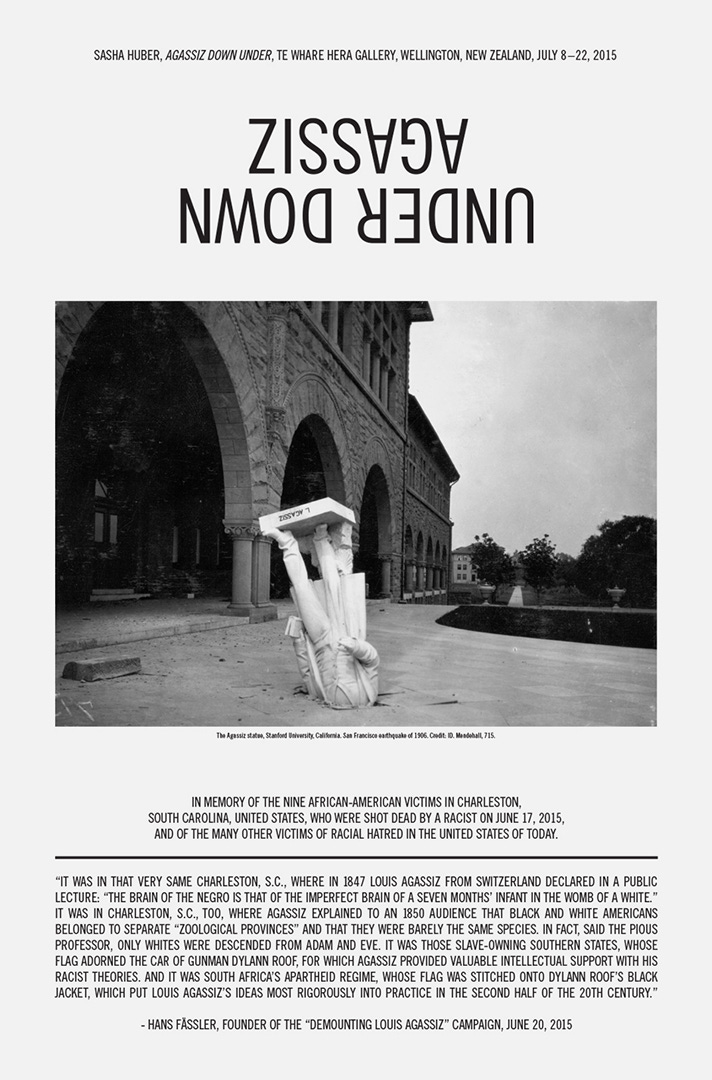
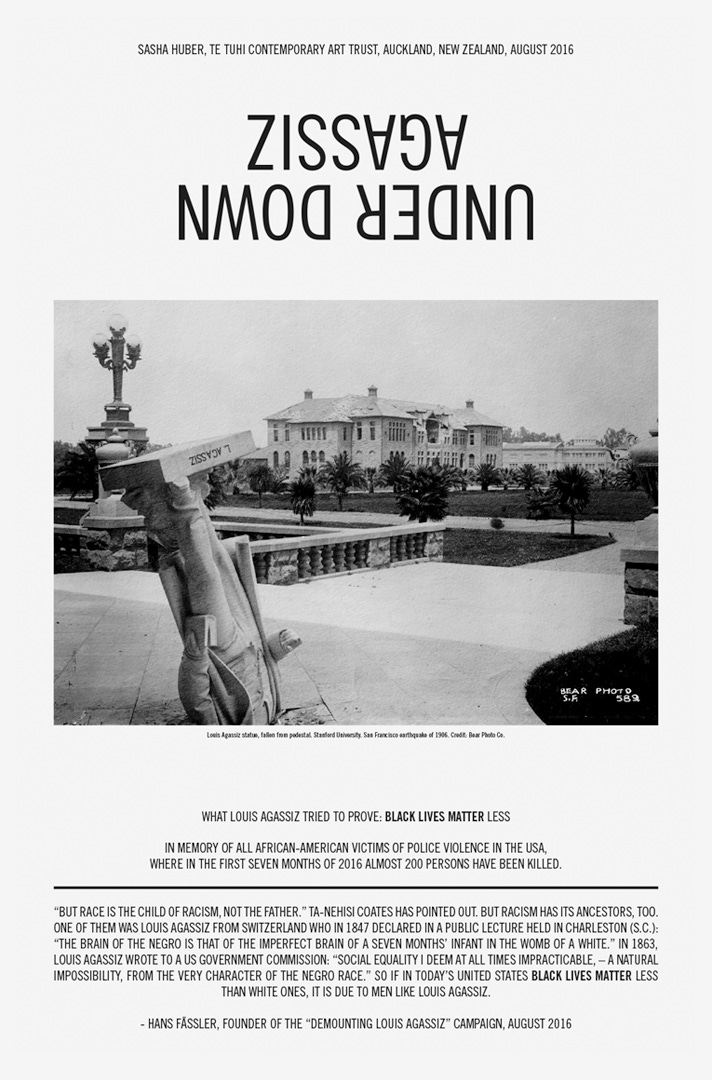
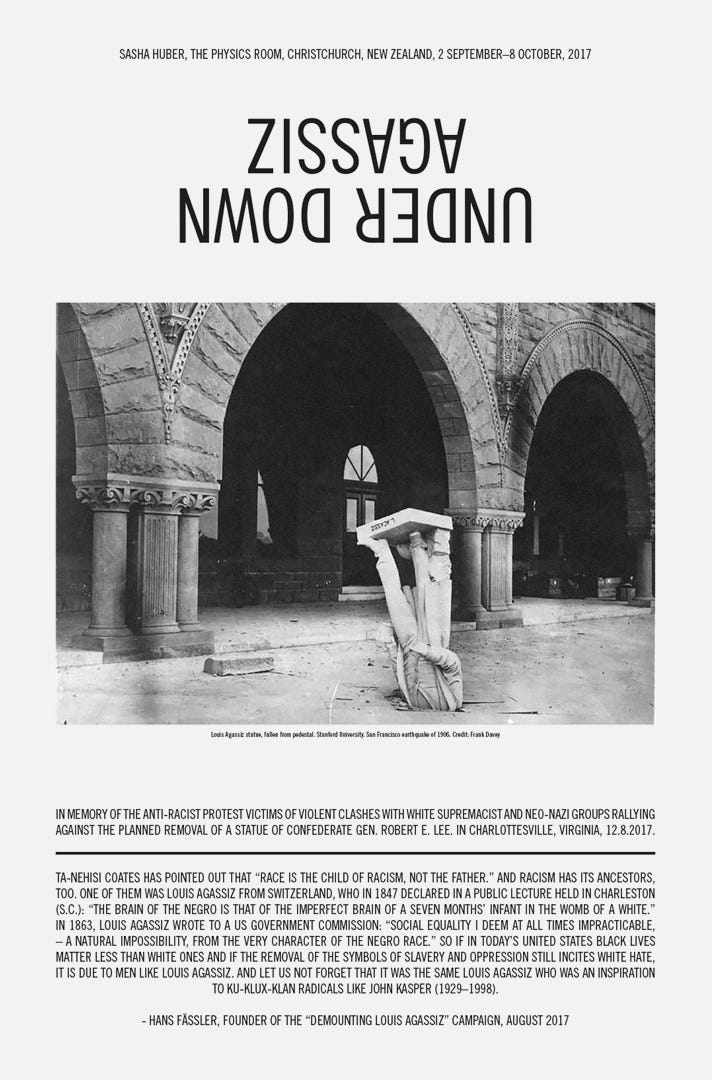
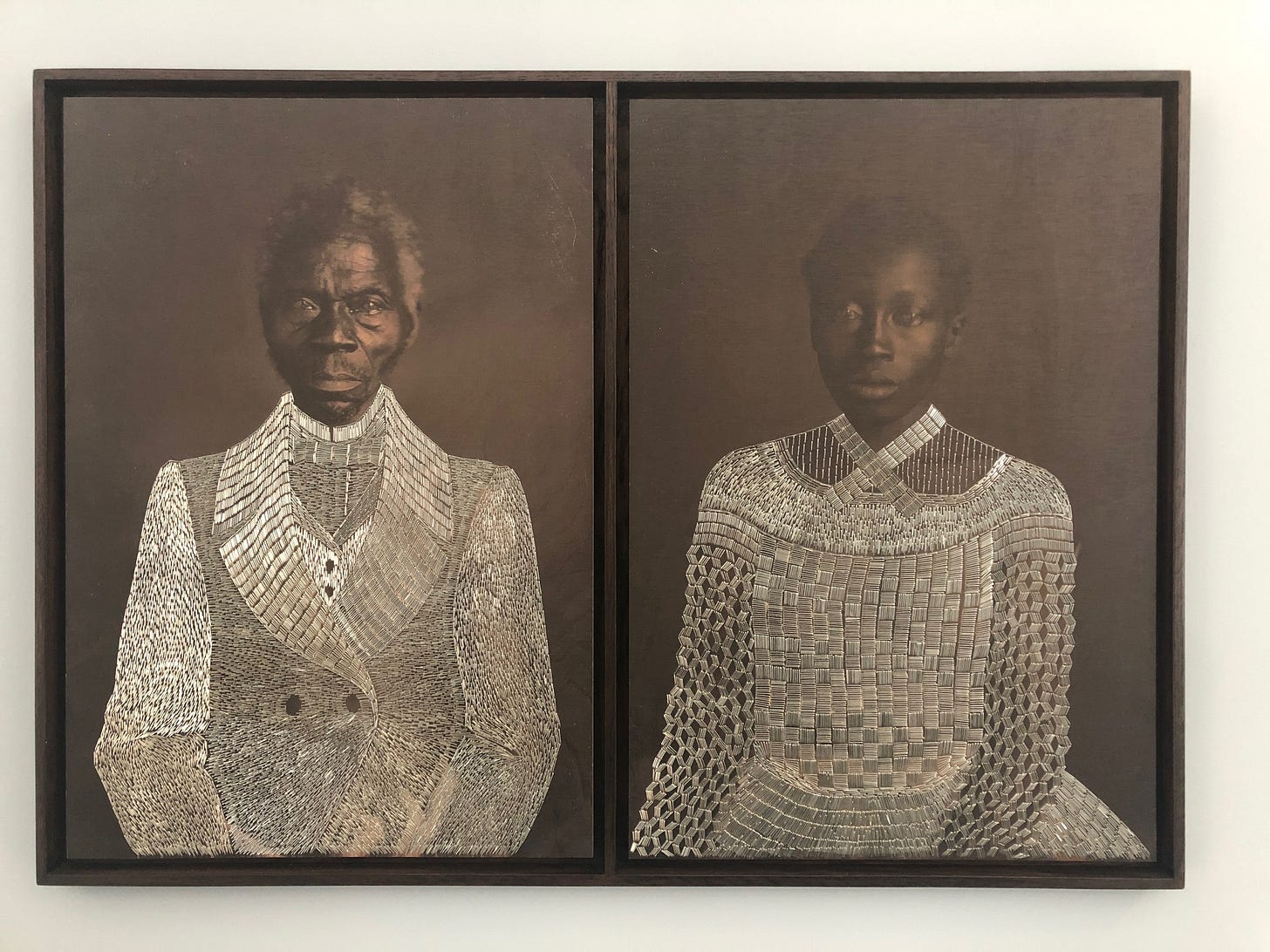


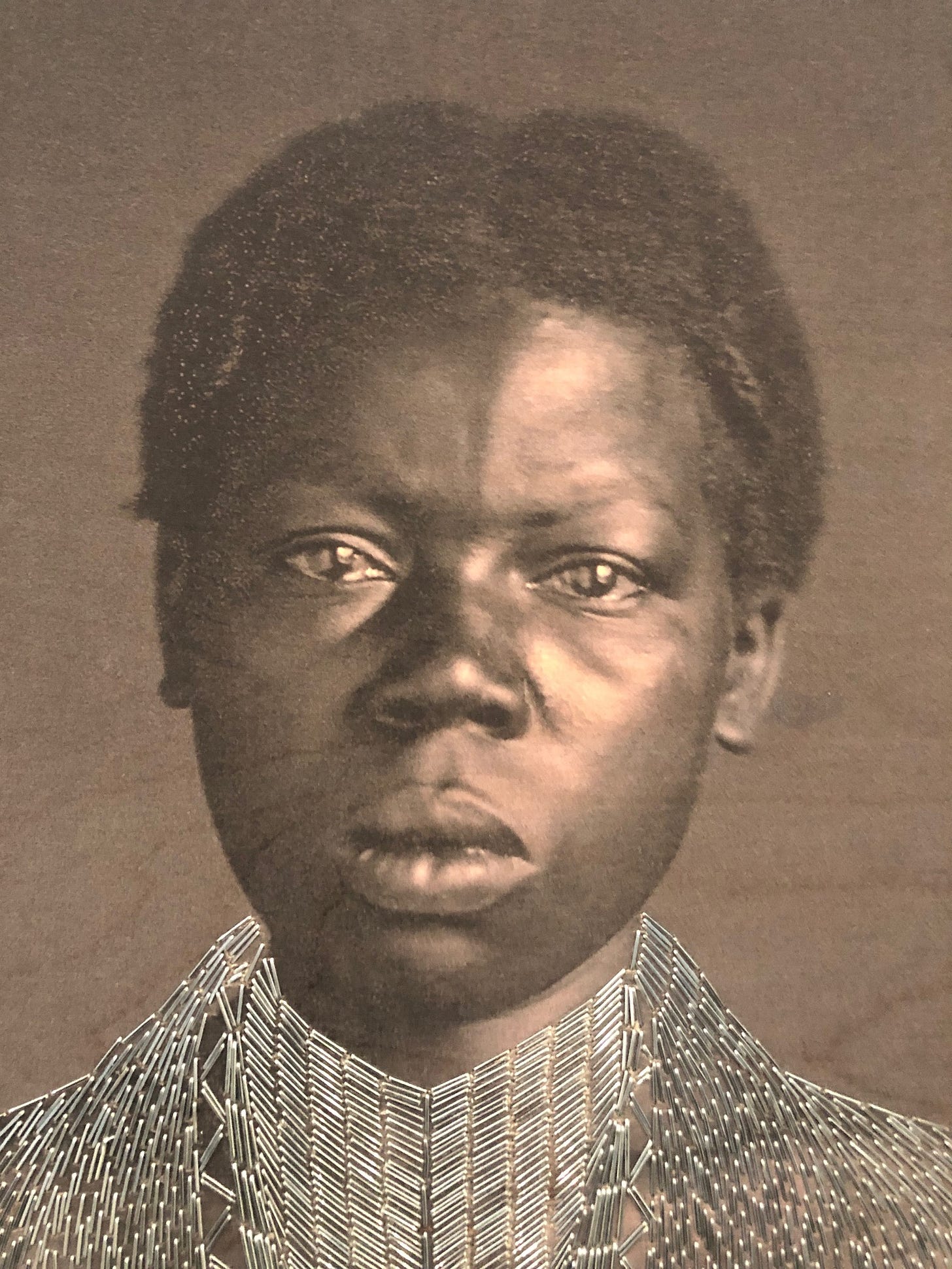
What a great write up, Luisa. I wish I’d seen the exhibition, it sounded extremely thought-provoking. The portraits are heart-breaking.